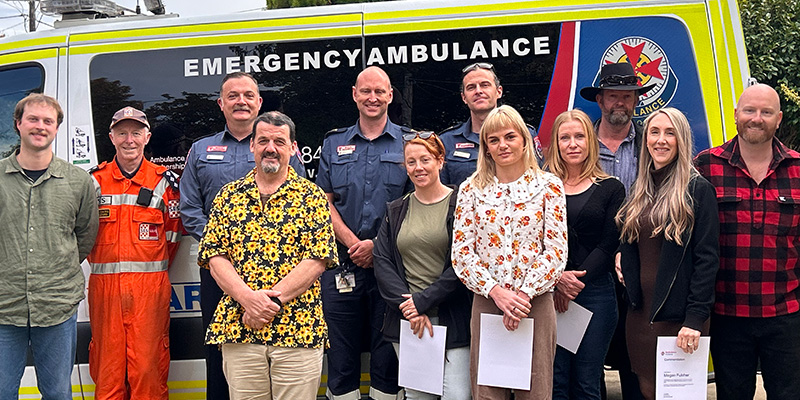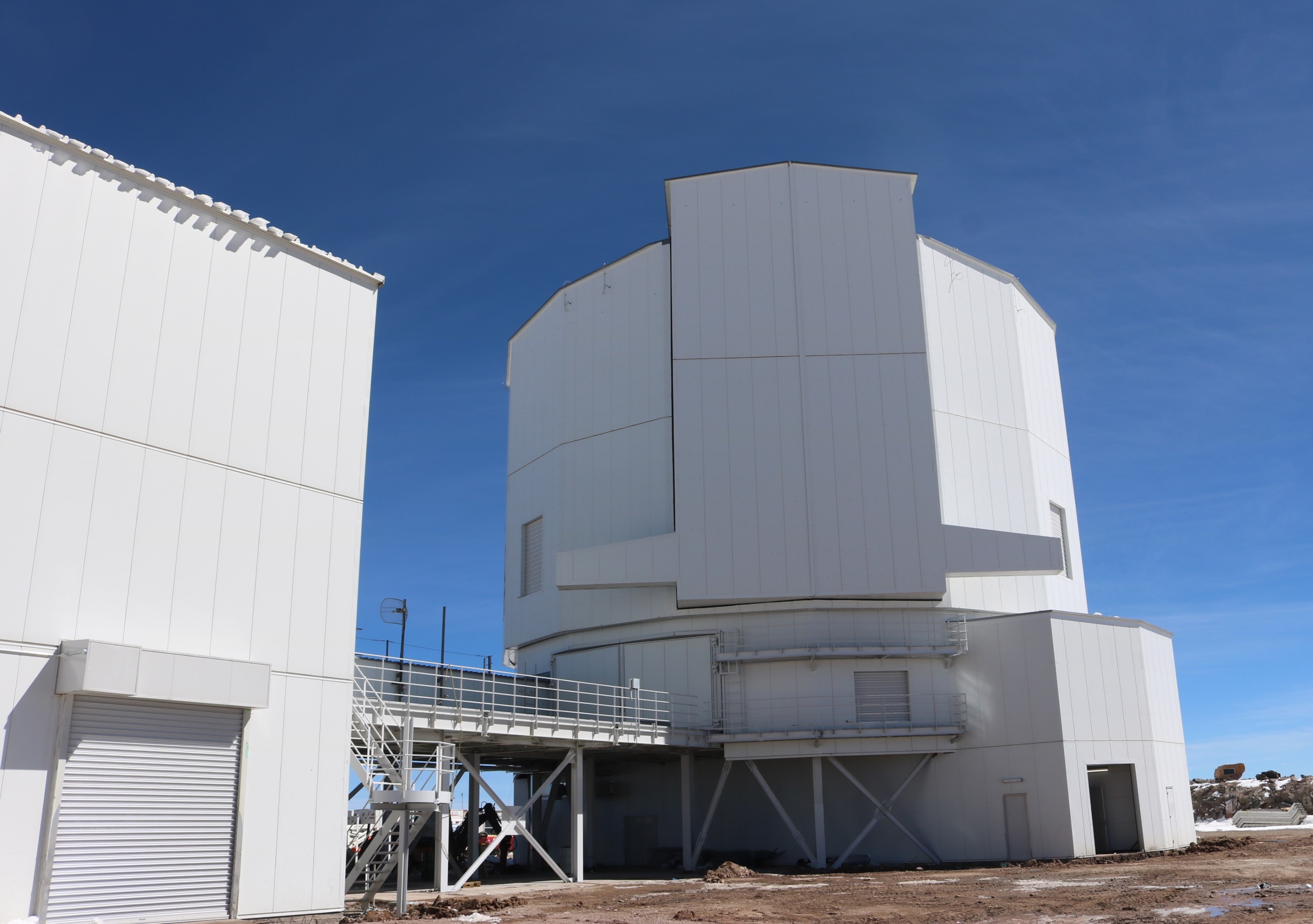- A pilot and passenger were fatally injured when their amateur-built Glasair aircraft collided with terrain in Sydney’s south-west;
- Preliminary report details factual information gathered during ATSB’s evidence collection phase;
- Investigation is on-going, with safety analysis and findings to be detailed in investigation’s final report.
An amateur-built Glasair aircraft was observed conducting a shallow climb after take-off from Wedderburn airfield, south-west of Sydney, before colliding with terrain, a preliminary report from an on-going Australian Transport Safety Bureau investigation details.
The pilot and passenger, who co-owned the aircraft, were fatally injured when their Stoddard Hamilton Aircraft Glasair Super II FT impacted terrain 2.7 km from the end of runway 17 at Wedderburn, approximately 2 minutes after take-off, on 26 December 2022.
The report notes that, earlier on the day of the accident, the pilot and passenger had conducted the aircraft’s first flight since its reassembly following importing it from the United States in 2021. The aircraft, which had been assembled from a kit by its previous owner, was powered by a Subaru automotive engine modified for aviation use, and had accumulated about 60 flight hours before arriving in Australia.
“On the day of the accident, the aircraft was flown from Bankstown to Temora, then from Temora to Wedderburn,” ATSB Director Transport Safety Stuart Macleod said.
“While at Temora, it conducted two circuits, before landing and then setting off for Wedderburn, about an hour later.”
On arrival at Wedderburn, the aircraft was positioned on a wide circuit, and landed on runway 17 shortly before 3pm.
“For unknown reasons, the aircraft then became airborne again, and was observed by eyewitnesses and recorded by CCTV to have been in a shallow climb – enough to just clear rising terrain and trees at the end of the runway,” Mr Macleod said.
“About two minutes after disappearing from view, the aircraft collided with terrain, about 150 m from Appin Road.”
The wreckage of the aircraft was consumed by post-impact fire, which also started a small bushfire.
“To the extent possible due to the condition of the wreckage, on-site examination of the aircraft’s flight controls and structure did not identify any pre-existing faults or failures,” Mr Macleod noted.
“Several components have been retained by the ATSB for further examination, however.”
The on-going investigation will examine the aircraft’s maintenance history, its weight and balance and performance characteristics, and the meteorological conditions at the time of the accident.
“The ATSB will also analyse CCTV footage and flight track data, evaluate witness information, give consideration to the impact sequence and accident survivability, review flight planning considerations and pilot qualifications, experience and medical information.”
A final report, detailing the ATSB’s findings and analysis, will be released at the conclusion of the investigation.
“However, should a critical safety issue be identified during the course of the investigation, the ATSB will immediately notify relevant parties so appropriate and timely safety action can be taken,” Mr Macleod concluded.








